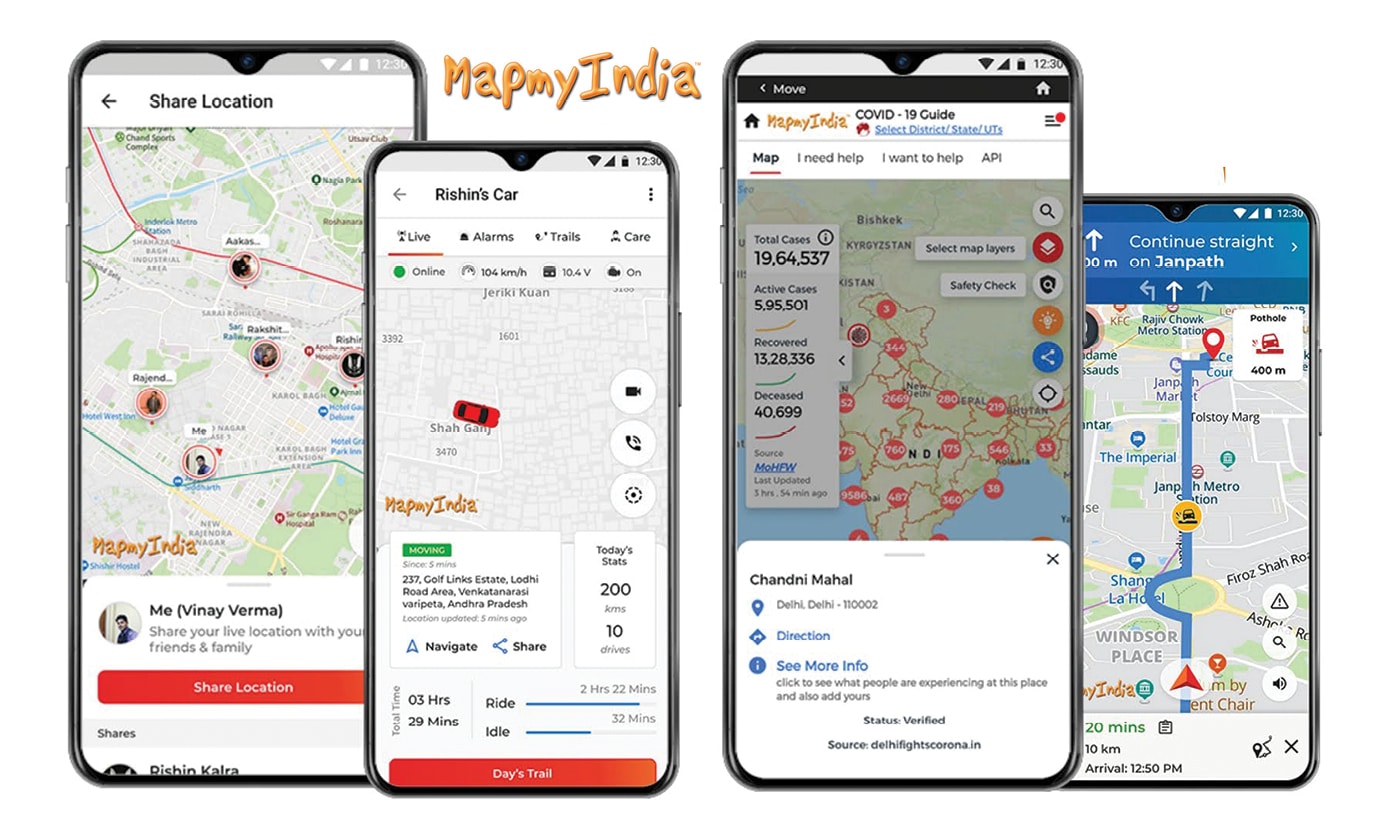

Out-Of-Home (OOH) advertising has been around for quite some time. Its amalgamation with location technology has made it an unavoidable marketing campaign tool. Digital promotions of products or services through cellphones, whereby a mental “snapshot” of the product or service can be conveyed to the audience through an OOH ad, has further attracted marketing and advertising stakeholders to invest in combining OOH campaigns with digital promotions. Traditionally, the budgets for OOH marketing activities and budgets for digital promotion, in most companies, were separately allocated. But today, many companies are using OOH as a means of building brand awareness as well as for targeted offer-based promotions.
One such example of using an OOH campaign alongside digital promotion is of a food delivery app that operates in multiple countries within the Southeast Asia region. The marketing and advertising campaign for this app was carried out by Moving Walls, an OOH advertising company based out of Singapore. This case study analyzes Moving Walls’ marketing campaign in Malaysia.
As a part of the marketing campaign, the device IDs of people who were exposed to Moving Walls’ OOH advertising were identified and a mobile ad with a call for action was then delivered to them. For example, a new user of the service was prompted to download the food delivery app and an existing user was sent a promotional offer.
Navonil Roy, Chief Operating Officer at Moving Walls, says, “If a person was exposed to the OOH board more than four times, it was assumed that the brand awareness of the food delivery app for them was quite high and the content that should be shared through the mobile with them should prompt them to react, that is, either download the app if they were a new user or order from it, if already using.”
On the other hand, if a person was exposed to the OOH campaign only once or twice, the role of the mobile campaign was to first make the device owner aware about the food delivery app and then follow it up with a call for action.
The OOH campaign was run at around 113 locations in Malaysia, with a planned viewership of 36 million in a time frame of nearly three weeks. The achieved viewership was 281% more than the planned viewership ─ reaching about 103 million impressions and making the campaign a huge success. Location intelligence not only came in handy in selecting suitable sites for OOH ads but in also understanding where many of the food delivery app’s users worked and lived, enabling Moving Walls to plan OOH sites for the customer more efficiently.
The corresponding campaign on mobiles, which re-engaged the individuals targeted by OOH, reached 1.9 million impressions during the campaign period, thus delivering to a focused audience and reducing media wastage.
As offers were sent through mobile ads, the monitoring of when the impressions and the clicks were the highest within the day was of great assistance in sending relevant offers. For instance, it was found that the highest number of clicks took place at 2 pm, which is the optimal lunch hour for most people in Malaysia, making it a relevant time to send discount offers or available options to choose from for lunch through mobile ads. It was also interesting to note that a significant number of impressions were delivered at night, leading to the conclusion that people were more active on their mobile phones at night and that was, therefore, a good time for brand promotion.
The mobile activities were further linked back to the areas where they were happening. It was found that OOH campaign happened in different areas, while the mobile activity on the mobile phones of the people exposed to OOH happened somewhere else. This information helped Moving Walls understand where the majority of people exposed to the OOH campaigns worked and lived, helping them choose new locations for the campaigns.
By understanding the impressions and clicks generated, Moving Walls could analyze the number of clicks by the banner size. It was found that the smaller banners got more clicks in comparison to the bigger ones. The 728 x 90 pixels and 768 x 1024 pixels banners, though bigger in size, did not perform well. From August 11, 2020 to August 18, 2020, the total number of impressions for 320 x 480 pixels banners were around 0.2 million, while the clicks were 2511, outperforming the others.
Finally, the campaign performance was also analyzed based on the top 20 apps where the impressions and clicks were highest. This analysis of the number of impressions and clicks by banner size and mobile apps proved to be of great assistance in efficient utilization of marketing and advertising budgets.



Indigenously developed MapmyIndia is moving up the geospatial value chain post its Initial Public Offer. The company has moved beyond digital maps to IoT platforms and provides end-to-end software solutions to customers. By Jitendra Choubey
Hexagon Geospatial has announced that its software will be used for remote sensing analysis and spatial modelling for imagery provided by Spain’s PAZ satellite.
© Geospatial Media and Communications. All Rights Reserved.